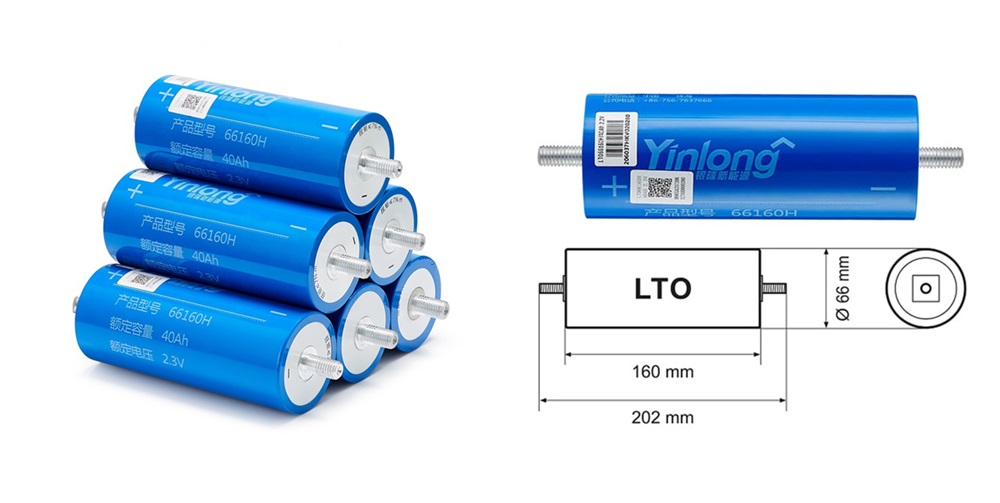In the realm of energy storage, the comparison between lithium titanate (LTO) and lithium iron phosphate (LiFePO4) batteries sparks substantial interest. Both have distinctive features and applications that make them favorable in various industries. This article aims to delve deeper into their characteristics, performance metrics, applications, environmental impact, and cost considerations, providing insights to help you discern which battery might suit your needs better.
Chemical Composition and Structure:
Lithium titanate batteries, known for their robustness, are composed of lithium-titanium oxide as the anode material. On the other hand, lithium iron phosphate batteries utilize lithium iron phosphate as the cathode material. The structural differences significantly influence their performance metrics.
Performance Comparison:
When assessing performance, several factors come into play. Lithium titanate batteries boast a remarkable lifespan of over 20,000 cycles, whereas lithium iron phosphate batteries typically range between 2,000 to 7,000 cycles. However, LiFePO4 batteries exhibit higher energy density, providing a longer runtime per charge. Charging speed also differs, with LTO batteries charging swiftly compared to LiFePO4.
Applications and Suitability:
The suitability of these batteries varies across industries. Lithium titanate’s durability and rapid charging make it suitable for high-power applications like electric vehicles, while lithium iron phosphate’s stable chemistry and safety features find extensive use in solar energy storage and portable devices.
Environmental Impact:
In terms of sustainability, lithium iron phosphate batteries are considered more environmentally friendly due to their lower reliance on scarce materials and safer chemistry, although both are relatively eco-friendly compared to other battery chemistries.
Cost Considerations:
Cost plays a pivotal role in decision-making. Lithium titanate batteries, despite their high performance, tend to be more expensive than lithium iron phosphate batteries, which are more cost-effective but offer slightly lower performance in certain aspects.
Future Prospects and Innovations:
Both battery types are subject to ongoing research and development, aiming to enhance their performance, reduce costs, and increase sustainability. Innovations like improved electrode materials and manufacturing processes pave the way for advancements in both LTO and LiFePO4 batteries.
User Experiences and Feedback:
User experiences often reflect practical insights. While some users appreciate the longevity and rapid charging of lithium titanate batteries, others prioritize the energy density and affordability of lithium iron phosphate batteries based on their specific needs.
Case Studies:
Real-world examples demonstrate the efficacy of these batteries. From electric vehicle fleets powered by LTO batteries to off-grid residential systems relying on LiFePO4 batteries, case studies illustrate their performance in diverse settings.
Expert Opinions:
Industry experts acknowledge the strengths and weaknesses of both battery types. While some favor lithium titanate for its durability, others advocate for lithium iron phosphate due to its cost-effectiveness and adequate performance.
Decision-Making Factors:
Choosing between LTO and LiFePO4 batteries hinges on several factors: application, budget, lifespan requirements, and environmental considerations. Evaluating these factors ensures an informed decision.
Conclusion:
In conclusion, the choice between lithium titanate and lithium iron phosphate batteries is nuanced, depending on specific needs and priorities. Each excels in distinct aspects, catering to diverse applications and preferences within the realm of energy storage solutions.
